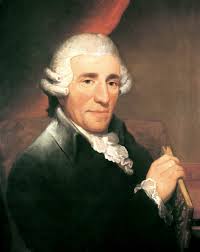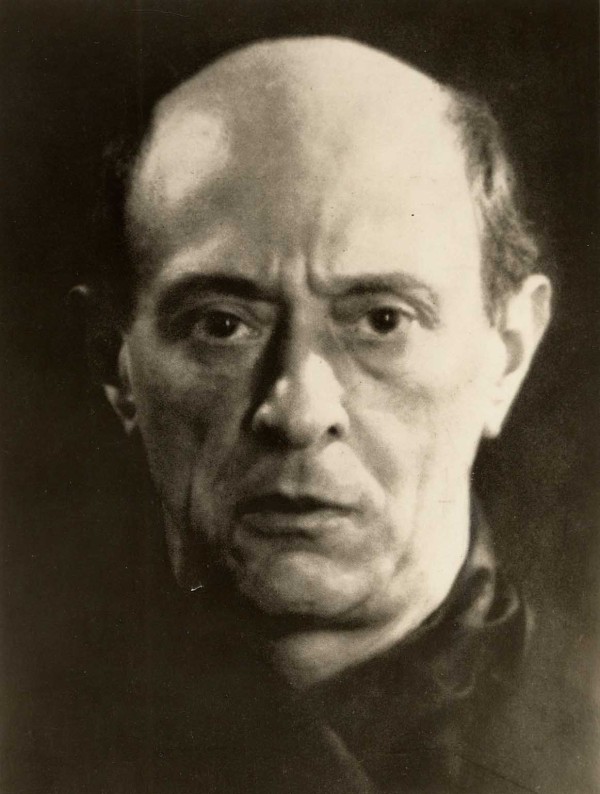Today we will visit the works of two great composers in their own right who were also the teachers, directly or indirectly, of other composers who are considered musical geniuses. These geniuses were Mozart and Beethoven after Haydn, and Webern and Berg after Schoenberg.
In a way, Haydn and Schoenberg represent opposite ends of the spectrum in terms of the relation between composer and society. Haydn was employed by the Esterhazy family for many years, serving as personal composer for their events and whims. An honored servant, making music in the styles fashionable to the aristocracy. Schoenberg, on the other hand, was a product of a much different era, a century and a half later, when composers had attained a position of independent eminence and power as a result of a process that had started in Mozart’s time and made more clear with Beethoven. Schoenberg’s attitude and music widened the gap between an artists pursuit of perfection and the audience’s taste and preferences. This, of course, was a result of larger historical processes and not the work of a composer; Schoenberg was a result of these, not a cause.
Franz Joseph Haydn: Seven Last Words of our Saviour on the Cross
Originally written for a classical orchestra as a commission for the Oratorio de la Santa Cueva in Spain, Haydn reworked this music intended as accompaniment for the mass as a string quartet at the petition of his publisher. Irrelevant here, but it is worth mentioning that the composer later adapted this work as an oratorio as well.
Arnold Schoenberg: String Quartet No. 2
Powerful and particularly lyrical in its melodies, this quartet is unusual in its use of a soprano in its last two movements. About this quartet, the composer says:
“I was inspired by poems of Stefan George, the German poet, to compose music to some of his poems and, surprisingly, without any expectation on my part, these songs showed a style quite different from everything I had written before.” – Arnold Schoenberg (1937)
The work uses a wide array of work tools, starting with a very late romantic feeling and moving into atonal experiments; the last movements in which all chromatic tones are used.
https://www.youtube.com/watch?v=FzgFd0eDaMQ
Tags: Classical String Quartets for the death metal fan, Haydn, Schoenberg




What about the black metal fans and their more refined, demanding taste?
true and good black metal is an ephemeral spirit, too ephemeral… but perhaps the later, 20th century quartets in a more minimalist religious vein, might apply vaguely in spirit to them.
This series is aimed at death metal because that genre is more structure-oriented; oriented towards developing motifs, reaching conclusions… But sure, we will cover MORE things
I’m really digging this series. May I suggest Beethoven’s string quartet in C# minor no. 14?
Perhaps! There is a lot to go over first, though.